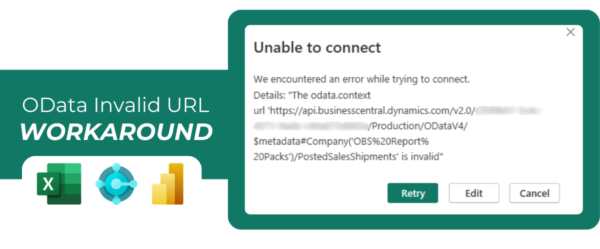To arrear or not to arrear? You may be required to by law! If an employee’s pay is insufficient to pay for mandatory deductions like health coverage, the Deductions in Arrears (DIA) feature in Dynamics GP helps to track what is owed by that employee.
The Problem
The client had one employee where DIA would not automatically calculate. They would have to make a manual entry under Cards > Payroll > Arrears Transactions. We went through the following steps to first check the configuration.
- Checked that Employee Deduction Maintenance was set up properly and that the employee in question was not over their maximum.
- Verified Payroll Extensions is installed on both the client workstation and server.
- Verified Payroll Extensions’ related modules were registered under Dynamics GP > Tool > Setup > System > Registration.
- Confirmed the payroll staff had proper permissions.
- Checked the deduction sequencing. Since there was none specified, we knew GP applies this default logic:
Standard TSA deductions (FICA sheltered), in alphanumeric order by code.
Standard TSA deductions (not FICA sheltered), in alphanumeric order by code.
Garnishment deductions, in alphanumeric order by code.
Standard non-TSA deductions, in alphanumeric order by code.
- Since everything up to this point checked out, the only option was to restore a copy of the Live database to Test.
- Started a new payroll batch and entered the employee’s payroll transaction exactly as the client had for the payroll in question. For a biweekly pay, the employee’s salary was being reduced by 72 hours. He was only to get paid for 8 hours.
- Ran Build Checks with all deductions included, I was eager to see the DIA Build Report. The deductions showed! The deductions that could not be withheld due to the employee only being paid for 8 hours were listed as arrears with the proper amounts. I thought I had magically gotten it to work!
- Posted payroll. Went to Transactions > Payroll > Mandatory Arrears, and marked the audit trail code I had just posted. After hitting Calculate, his Employee ID was not there.
- Sat puzzled.
- After removing, rebuilding, and reposting multiple times, I opened a ticket with Microsoft.
Microsoft led me through similar steps to verify the configuration, and after some back and forth they informed me that GP was not designed to calculate DIA for reduced salary.
The Solution
We had a few options as a workaround: switch the employee to hourly so DIA gets calculated, or enter the arrear transactions manually. To anyone doing payroll, and from our client’s perspective, this is cumbersome. A salaried employee can always have reduced income if they do not work the hours or they have no PTO time to use. Which is what happened in this case: the employee was out on disability insurance. When their physician released them for part-time work, they only got partially paid, which created an arrearage situation. To switch their pay codes to hourly, just to change them back to salary once fully cleared by the physician, is a lot of extra work for the end user. For now, the client will create the arrear transactions manually in high hopes that this is an added feature in the future.
We hope you enjoyed this blog on Dynamics GP Deduction Arrears!






